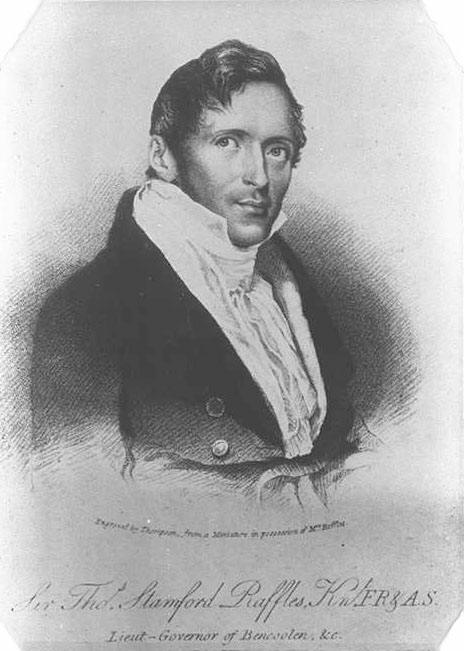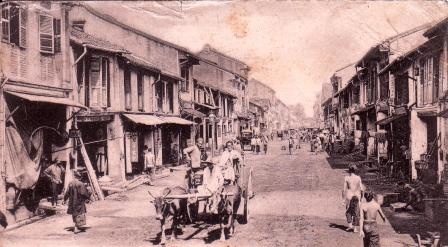We based most of our research on Internet websites (sources at the bottom of the blog) but we have also refered to relevant parts of our History books as Chinatown is a historical landmark in Singapore. Some of our knowledge of Chinatown also come from our own personal experience in Chinatown.
- We found out that Chinatown is organised and categorised into many precints, like Kreta Ayer and Telok Ayer.
- The Chinese name for Chinatown (牛车水) means 'bull-cart water' because in the early years of Singapore, fresh water was transported from place to place by carts pulled by bulls and buffalos.
- Unlike the rest of Singapore, Chinatown preseves most of it's traditional culture in the forms of the original buildings and places of worship, like the Jamae Mosque and the Sri Mariamman Temple.
Through our fieldwork, we have found out many more things about Chinatown past, culture and tradition. We worked together and collected information about the heritage of chinatown. We also went to Chinatown Heritage Centre to view the exhibits there which displays the history of Chinatown.
We learned:
In 1819, Stamford Raffles (later Sir Stamford) of the British East India Company established a trading settlement in Singapore. Before leaving for Java, he appointed William Farquhar to be the first British Resident and Commandant of Singapore from 1819 to 1823.

Within Chinatown, each dialect group occupied distinct areas and built social institutions such as clan associations to serve the collective needs of each dialect group.
The Hokkien population grew and the Hokkien clan association known as the Hokkien Huay Kuan was formed to address the needs of the migrant population.
The Hakkas built their Ying Fo Fui Kui Clan Association further down the road while the Teochews built the Wak Hai Cheng Bio at the Philip Street. The Cantonese congregate around Smith Street, Temple street and Mosque street area. Chinese communities also developed outside of this official Chinatown. Hakkas lived around Bugis area.
Hokkien Street

No comments:
Post a Comment